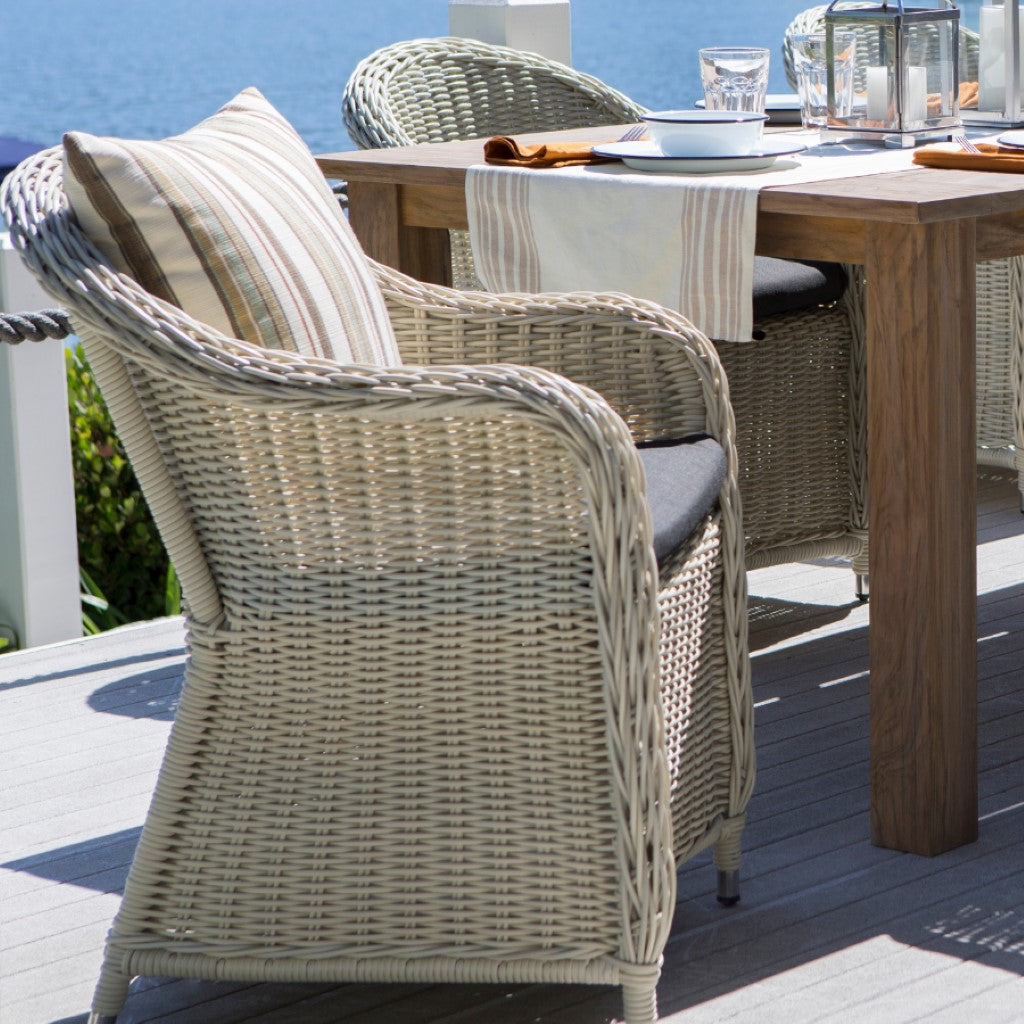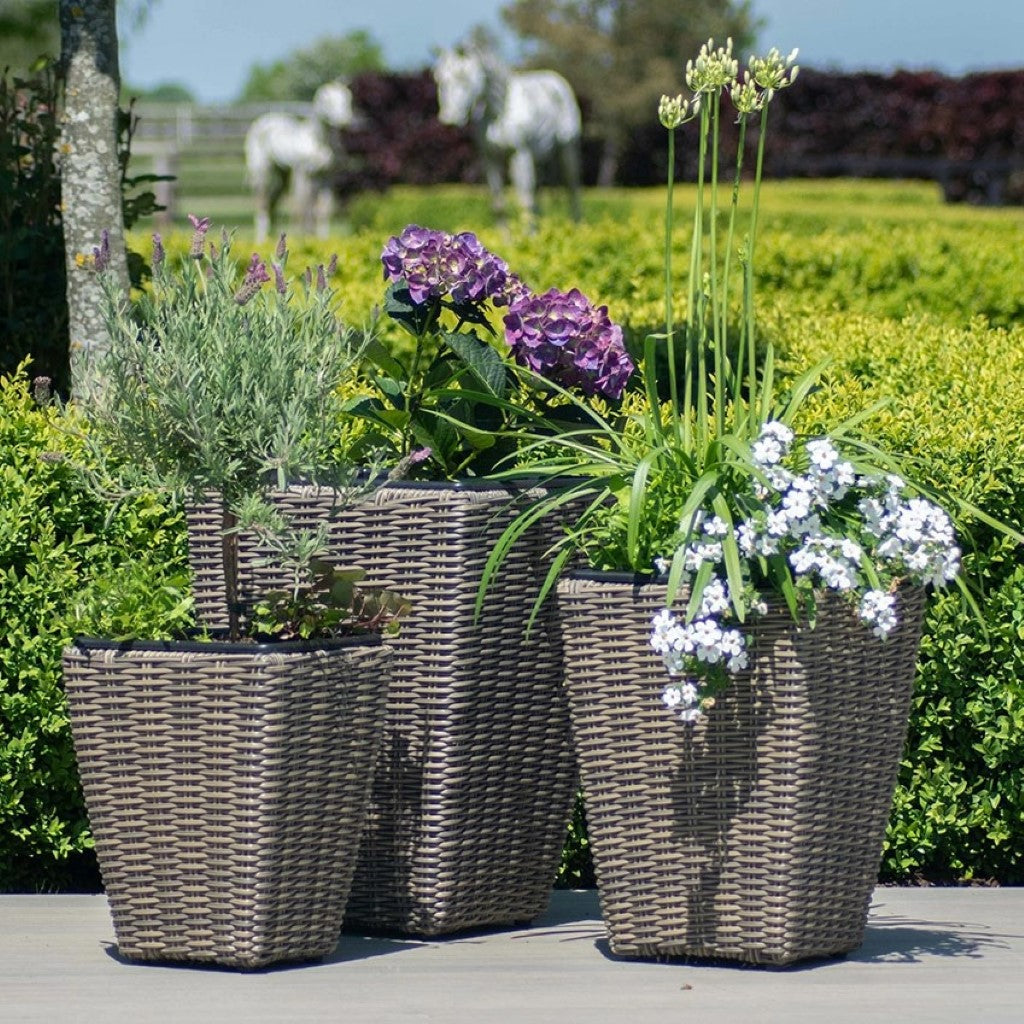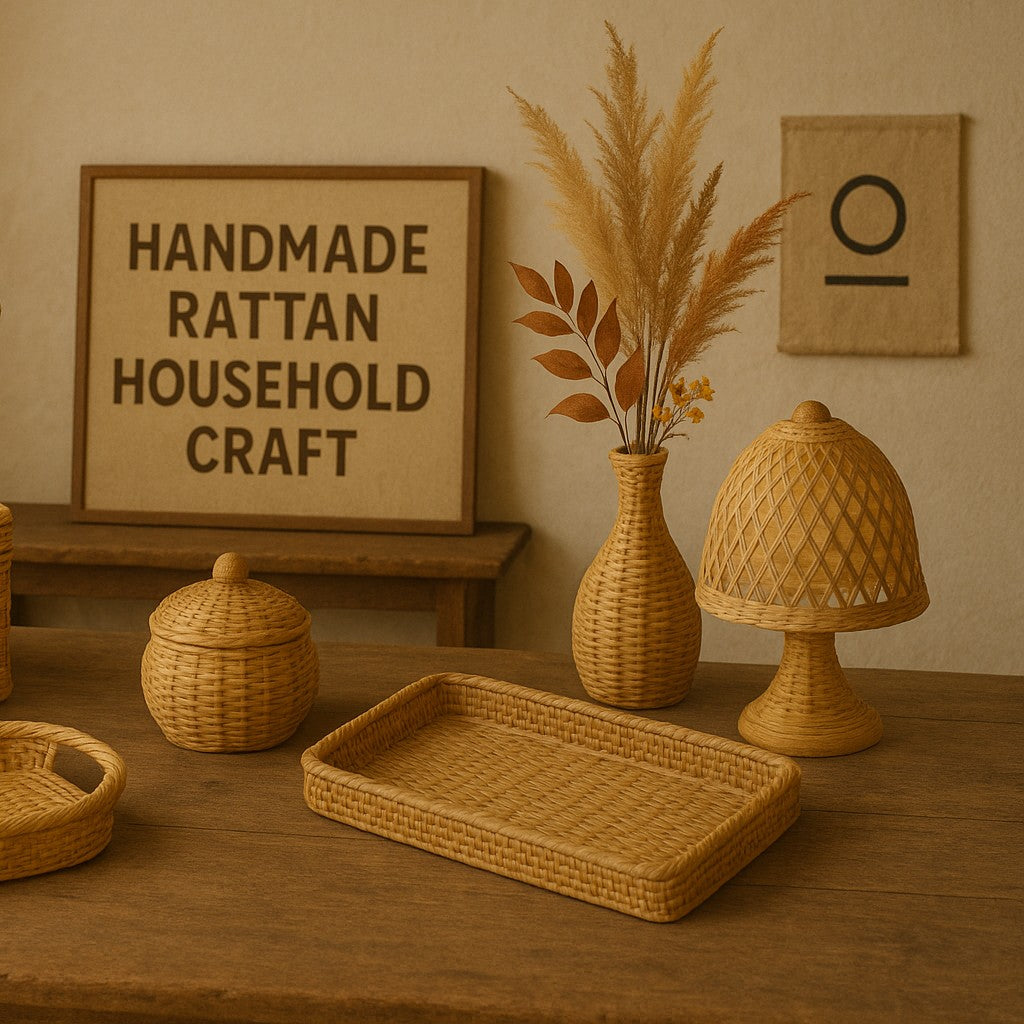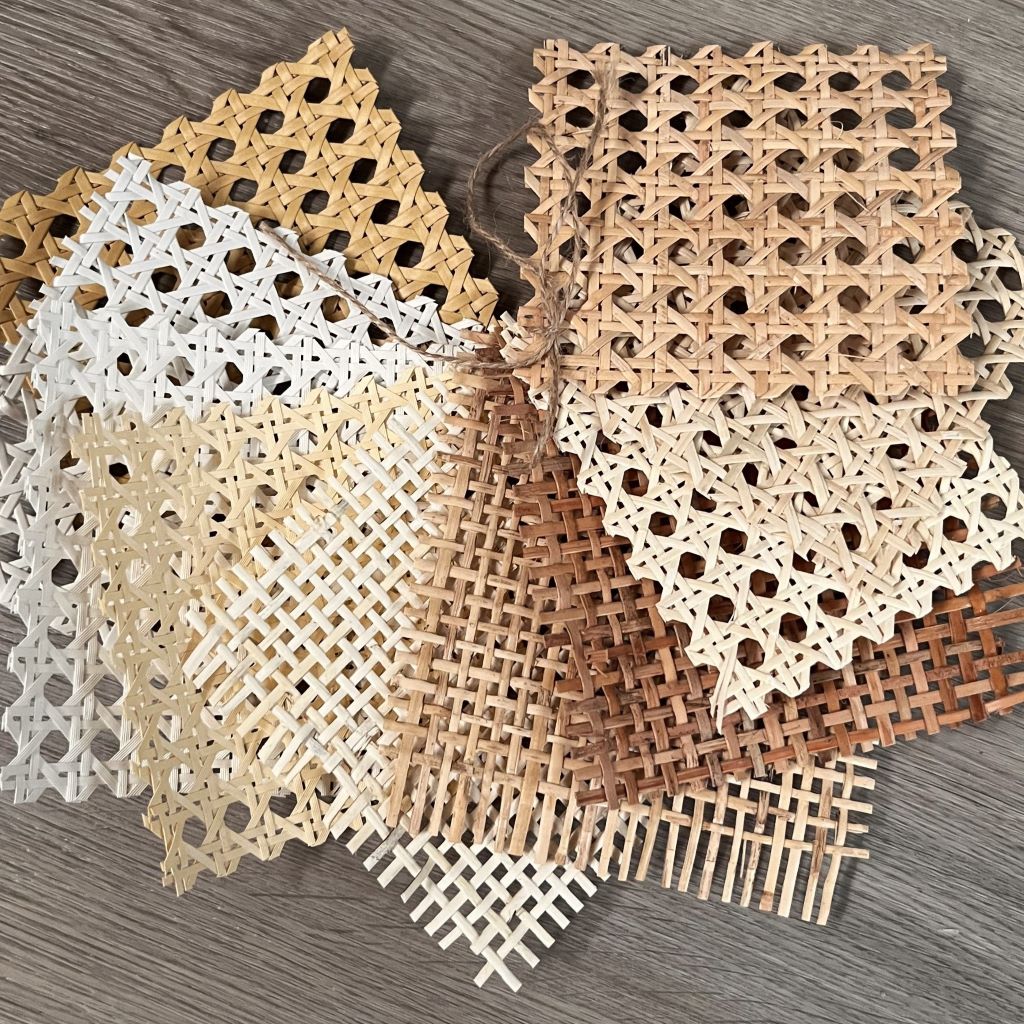Natural Rattan Webbing Guide
Natural rattan webbing is a versatile and eco-friendly material used for a variety of applications, including furniture upholstery, decorative accents, and DIY projects. Made from the inner core of the rattan palm, rattan webbing is known for its strength, durability, and natural aesthetic. It adds a touch of warmth and texture to any space and can be used to create stylish and unique pieces. This guide will provide you with essential information and tips for using and maintaining natural rattan webbing.
Understanding Rattan Webbing
Rattan webbing is created by weaving thin strips of rattan together to form a flexible and sturdy sheet. It is available in different widths and patterns, allowing for various design possibilities. Natural rattan webbing is often left untreated or lightly varnished to maintain its organic appearance.
Applications and Uses
Natural rattan webbing can be used in a wide range of applications:
Furniture Upholstery: Rattan webbing is commonly used to create chair seats, backrests, and headboards. It provides a comfortable and breathable seating surface while adding a rustic and natural touch to furniture pieces.
Decorative Accents: Rattan webbing can be incorporated into home decor items such as room dividers, lampshades, wall hangings, and decorative screens. Its unique texture and natural charm add visual interest to any space.
DIY Projects: Rattan webbing is a popular material for DIY enthusiasts. It can be used to revamp existing furniture, create baskets, trays, planters, or even unique wall art. The versatility of rattan webbing allows for endless creative possibilities.
Working with Rattan Webbing
Here are some tips for working with natural rattan webbing:
Preparation: Measure and cut the rattan webbing to the desired size using sharp scissors or a utility knife. Allow for some overlap to ensure a secure attachment.
Soaking: To make the rattan webbing more pliable, soak it in warm water for about 15-20 minutes before working with it. This will help prevent breakage and make it easier attach to framing. As the webbing dries off, it will contract slightly and tighten itself.
Attachment Methods: Rattan webbing can be attached to surfaces using staples, nails, or glue, depending on the project and the material you are working with. Ensure the attachment method is secure and appropriate for the intended use.
Maintenance and Care
To maintain the beauty and longevity of natural rattan webbing:
Cleaning: Regularly dust the rattan webbing with a soft brush or cloth to remove dirt and debris. For deeper cleaning, use a mild soap solution and a soft brush to gently scrub the surface. Rinse with clean water and allow it to dry completely before use.
Avoiding Moisture: While rattan webbing is durable, excessive moisture can cause it to warp or mould. Avoid placing it in direct contact with water or exposing it to high humidity levels.
Protection from Sunlight: Prolonged exposure to direct sunlight can cause rattan webbing to fade and become brittle. Consider placing it away from windows or use curtains or blinds to protect it from harsh sunlight.
Repairing Damages: If the rattan webbing becomes damaged or starts to unravel, it can often be repaired by replacing the affected sections or reweaving the damaged areas. Seek professional assistance or refer to DIY guides for detailed instructions.
Natural rattan webbing is a versatile and sustainable material that adds a natural and rustic touch to various projects. Whether used for furniture upholstery, decorative accents, or DIY creations, rattan webbing brings warmth and texture to any space. By following proper maintenance practices, you can enjoy the beauty and durability of natural rattan webbing for years to come.
Understanding Rattan Webbing
Rattan webbing is created by weaving thin strips of rattan together to form a flexible and sturdy sheet. It is available in different widths and patterns, allowing for various design possibilities. Natural rattan webbing is often left untreated or lightly varnished to maintain its organic appearance.
Applications and Uses
Natural rattan webbing can be used in a wide range of applications:
Furniture Upholstery: Rattan webbing is commonly used to create chair seats, backrests, and headboards. It provides a comfortable and breathable seating surface while adding a rustic and natural touch to furniture pieces.
Decorative Accents: Rattan webbing can be incorporated into home decor items such as room dividers, lampshades, wall hangings, and decorative screens. Its unique texture and natural charm add visual interest to any space.
DIY Projects: Rattan webbing is a popular material for DIY enthusiasts. It can be used to revamp existing furniture, create baskets, trays, planters, or even unique wall art. The versatility of rattan webbing allows for endless creative possibilities.
Working with Rattan Webbing
Here are some tips for working with natural rattan webbing:
Preparation: Measure and cut the rattan webbing to the desired size using sharp scissors or a utility knife. Allow for some overlap to ensure a secure attachment.
Soaking: To make the rattan webbing more pliable, soak it in warm water for about 15-20 minutes before working with it. This will help prevent breakage and make it easier attach to framing. As the webbing dries off, it will contract slightly and tighten itself.
Attachment Methods: Rattan webbing can be attached to surfaces using staples, nails, or glue, depending on the project and the material you are working with. Ensure the attachment method is secure and appropriate for the intended use.
Maintenance and Care
To maintain the beauty and longevity of natural rattan webbing:
Cleaning: Regularly dust the rattan webbing with a soft brush or cloth to remove dirt and debris. For deeper cleaning, use a mild soap solution and a soft brush to gently scrub the surface. Rinse with clean water and allow it to dry completely before use.
Avoiding Moisture: While rattan webbing is durable, excessive moisture can cause it to warp or mould. Avoid placing it in direct contact with water or exposing it to high humidity levels.
Protection from Sunlight: Prolonged exposure to direct sunlight can cause rattan webbing to fade and become brittle. Consider placing it away from windows or use curtains or blinds to protect it from harsh sunlight.
Repairing Damages: If the rattan webbing becomes damaged or starts to unravel, it can often be repaired by replacing the affected sections or reweaving the damaged areas. Seek professional assistance or refer to DIY guides for detailed instructions.
Natural rattan webbing is a versatile and sustainable material that adds a natural and rustic touch to various projects. Whether used for furniture upholstery, decorative accents, or DIY creations, rattan webbing brings warmth and texture to any space. By following proper maintenance practices, you can enjoy the beauty and durability of natural rattan webbing for years to come.




